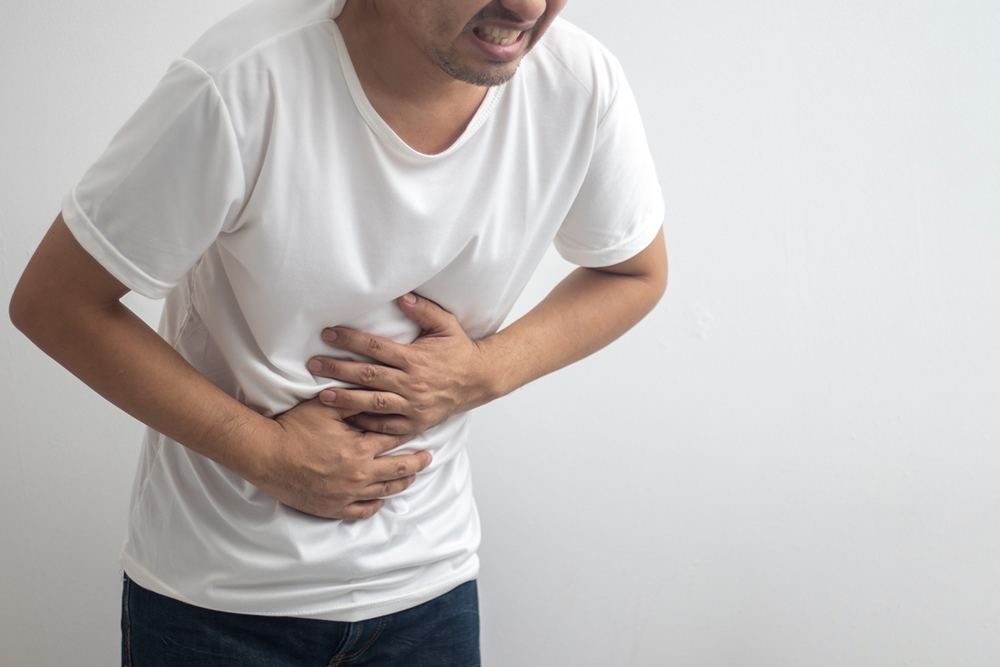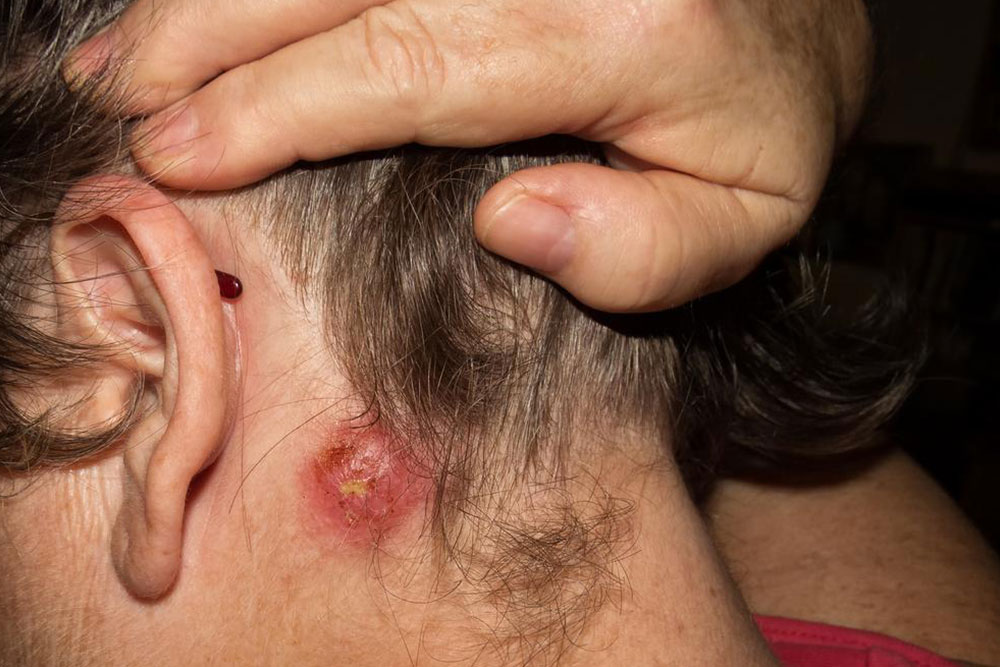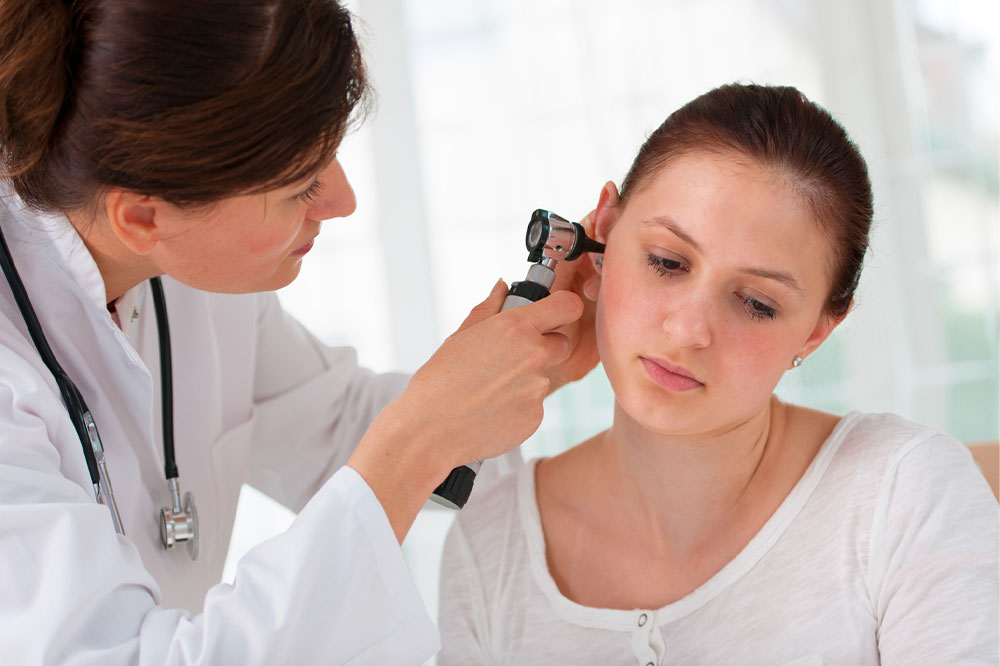Understanding Cholangitis: Types and Symptoms Explored
This article offers a comprehensive overview of cholangitis, highlighting its different types—acute and chronic—and their symptoms. It emphasizes the importance of recognizing early warning signs like abdominal pain, fever, jaundice, and mental confusion for timely medical intervention. Understanding the variations in symptoms helps in early diagnosis and effective management, potentially preventing severe complications such as liver failure.

Understanding Cholangitis: Types and Symptoms Explored
Cholangitis involves inflammation and swelling of the bile duct, which transports bile from the liver to the small intestine. This condition can develop due to various causes, leading to different classifications of cholangitis. Recognizing the symptoms associated with each type is crucial for effective management and treatment. Being informed about the various forms and signs of cholangitis helps in early diagnosis and timely intervention.
Types of cholangitis
Cholangitis is primarily categorized into two main types: acute and chronic. Chronic cases are further divided into specific subtypes, notably primary sclerosing cholangitis and primary biliary cholangitis, which are the most prevalent.
Acute cholangitis
This form typically results from bacterial infection within the bile duct or blockage due to gallstones. It appears suddenly and lasts for a short period. Prompt treatment is essential to prevent complications.
Chronic cholangitis
Primary sclerosing cholangitis: A common form affecting bile ducts both inside and outside the liver, leading to scarring and obstruction.
Primary biliary cholangitis: Primarily impacting small intrahepatic bile ducts, this form can cause toxin buildup, liver damage, and can progress to cirrhosis, especially in women.
Primary biliary cholangitis predominantly affects women and may result in serious liver issues such as cirrhosis and failure.
Symptoms of cholangitis
Symptoms vary based on the type and severity of cholangitis. Recognizing these signs facilitates early diagnosis and treatment.
Symptoms of acute cholangitis
1. Abdominal discomfort
Pain usually occurs in the upper right abdomen, where the biliary organs are located, due to inflammation or blockage.
2. Fever
Infection and inflammation can activate the immune response, leading to fever.
3. Jaundice
Swelling or blockage may impair bile flow, causing bile to leak into the bloodstream and result in yellow discoloration of the skin and eyes, known as jaundice.
The combination of upper right pain, fever, and jaundice is called Charcot's triad. Severe cases may involve additional signs such as shock and mental confusion.
4. Low blood pressure (hypotension)
Hypotension can indicate systemic response to infection, signaling shock.
5. Rapid heartbeat (tachycardia)
A fast heart rate may also suggest sepsis or shock from the infection.
6. Confusion or altered mental state
Bile toxins entering the bloodstream can lead to delirium, confusion, and decreased alertness, collectively called Reynolds pentad when combined with other symptoms.
7. Stool and urine color changes
Pale or clay-colored stools and dark urine can result from disrupted bile flow.
8. Diarrhea or greasy stools
Malabsorption due to bile duct blockage may cause diarrhea and fatty, greasy stool.
9. Severe fatigue or lethargy
Energy levels often drop significantly, making even simple activities exhausting.
10. Nausea and vomiting
Blocked bile flow can cause gastrointestinal upset, including nausea and vomiting.
11. Itching (pruritus)
Bile components leaking into the bloodstream can cause widespread skin itching.
Chronic cholangitis symptoms
In many cases, symptoms develop gradually or remain unnoticed until the disease advances. When symptoms do appear, they may resemble those of acute cholangitis, including itching, jaundice, and right-sided abdominal pain. Additional signs include:
Dry eyes or mouth
Swelling in feet and ankles
Skin darkening (hyperpigmentation)
Muscle, joint, and bone pain
Abdominal bloating or fluid accumulation
Fat deposits around the eyes, elbows, knees, palms, and soles
It’s important to understand that cholangitis symptoms can vary widely from person to person and may overlap with other conditions. If you experience any warning signs, seek medical evaluation promptly for proper diagnosis and treatment.










